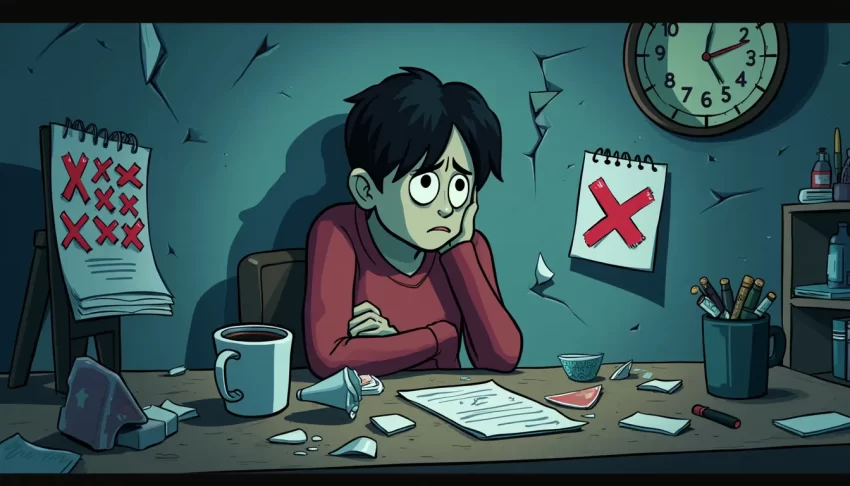Understanding Explosive Disorder Symptoms
Explosive disorder, also known as Intermittent Explosive Disorder (IED), is a mental health condition characterized by repeated episodes of impulsive, aggressive, violent behavior or angry verbal outbursts. For individuals experiencing these symptoms, or their loved ones witnessing them, it can be a deeply distressing and confusing time. This article aims to provide some clarity on what explosive disorder symptoms look like and how to seek help.
What Are Explosive Disorder Symptoms?
The hallmark symptoms of explosive disorder include sudden and intense episodes of anger. These outbursts can be vastly disproportionate to the situation at hand and can result in significant distress or impairment. Although I am not a doctor, I have been diagnosed with IED, and learning to identify these symptoms has been a crucial step in managing the disorder.
Common Signs of Explosive Disorder
Here are some of the most common explosive disorder symptoms:
- Verbal Aggression: This includes shouting, screaming, and threatening others without a rational cause.
- Physical Aggression: This can manifest as physical attacks on people, animals, or objects, often leading to property damage or injury.
- Short Temper: Experiencing frequent and recurring anger episodes with little or no provocation.
- Feeling Out of Control: During an episode, individuals may feel an overwhelming sense of rage that cannot be controlled.
- Immediate Remorse: After an outburst, it is common to feel guilt, regret, or embarrassment.
Triggers and Context
Explosive outbursts in IED aren’t always predictable, but certain triggers and contexts can make them more likely. Stressful situations, frustration, or perceived rejection can often set off an episode. Reflecting on my personal experiences, I found that understanding my triggers was a significant step towards managing my reactions better. However, each person’s experience with IED can be unique, and seeking professional evaluation is important.
When to Seek Help
If you or a loved one frequently experience the explosive disorder symptoms mentioned, it is vital to seek medical attention. A healthcare provider or mental health professional can offer a comprehensive evaluation and recommend appropriate treatment strategies. Diagnosis and treatment can involve therapy, medication, and learning coping mechanisms to handle anger and stress more effectively.
Living with Explosive Disorder
Living with explosive disorder can be challenging, but there are ways to manage the symptoms and lead a fulfilling life. Therapy has been an essential tool for me. Cognitive-behavioral therapy (CBT) in particular has helped me understand my triggers and develop healthier responses. Self-care practices, such as mindfulness and exercise, have also made a difference. Remember, seeking help is not a sign of weakness but a step towards healing and self-improvement.
Support for Loved Ones
If you have a loved one exhibiting explosive disorder symptoms, your support and understanding can make a significant difference. Encourage them to seek professional help, and consider joining family therapy sessions to better understand the condition and develop supportive strategies. Setting boundaries and taking care of your emotional wellbeing is also crucial.
Conclusion
Understanding explosive disorder symptoms is the first step towards managing the condition and seeking appropriate help. While the journey can be tough, know that support is available through healthcare professionals, therapy, and community resources. If you recognize these symptoms in yourself or a loved one, don’t hesitate to reach out for help. You don’t have to face this alone.
Support Us: Check out our recommended products on Amazon.

